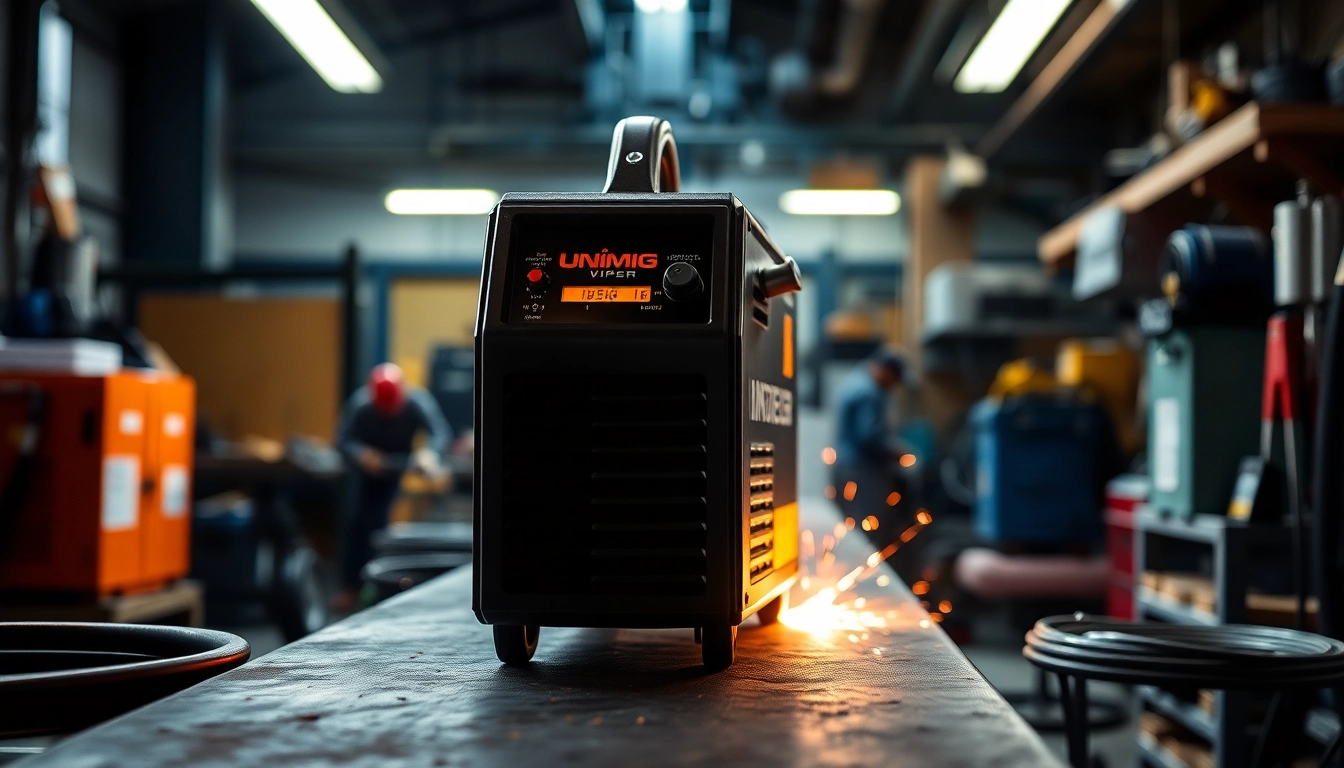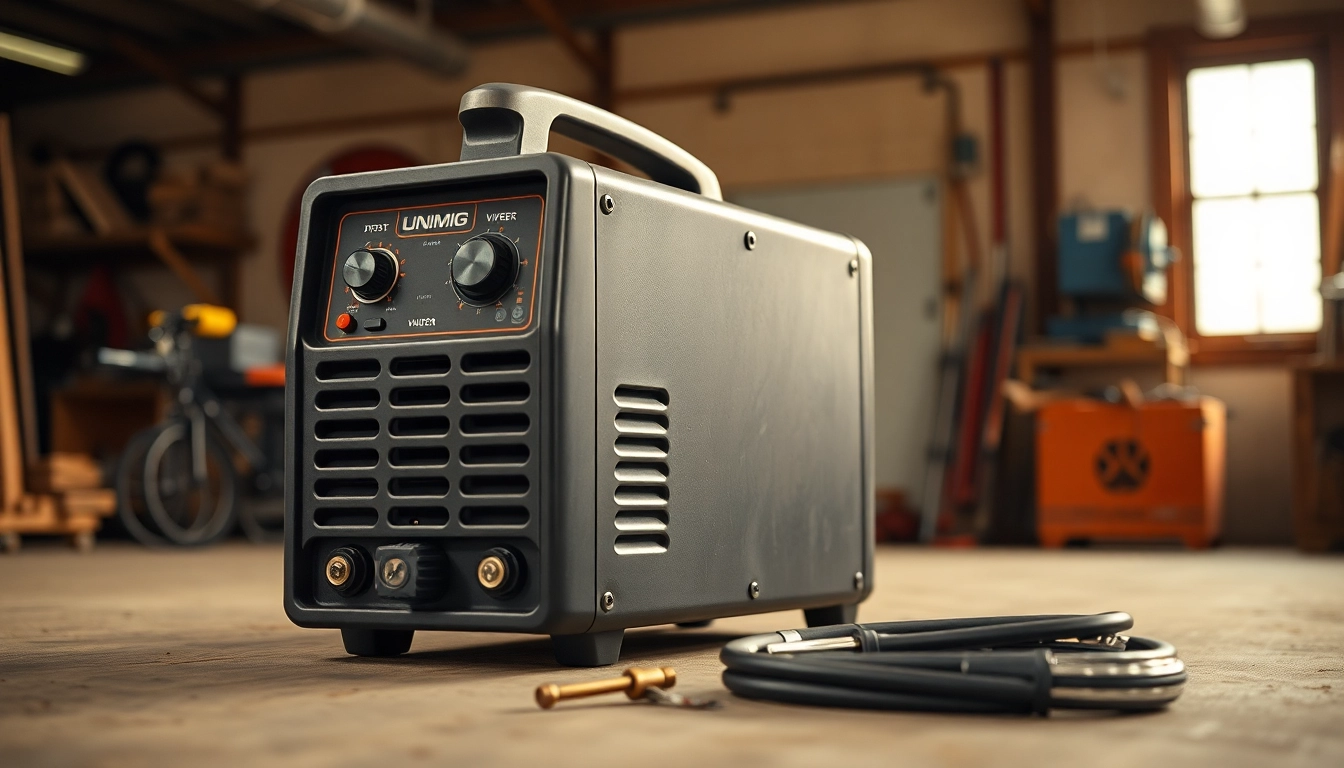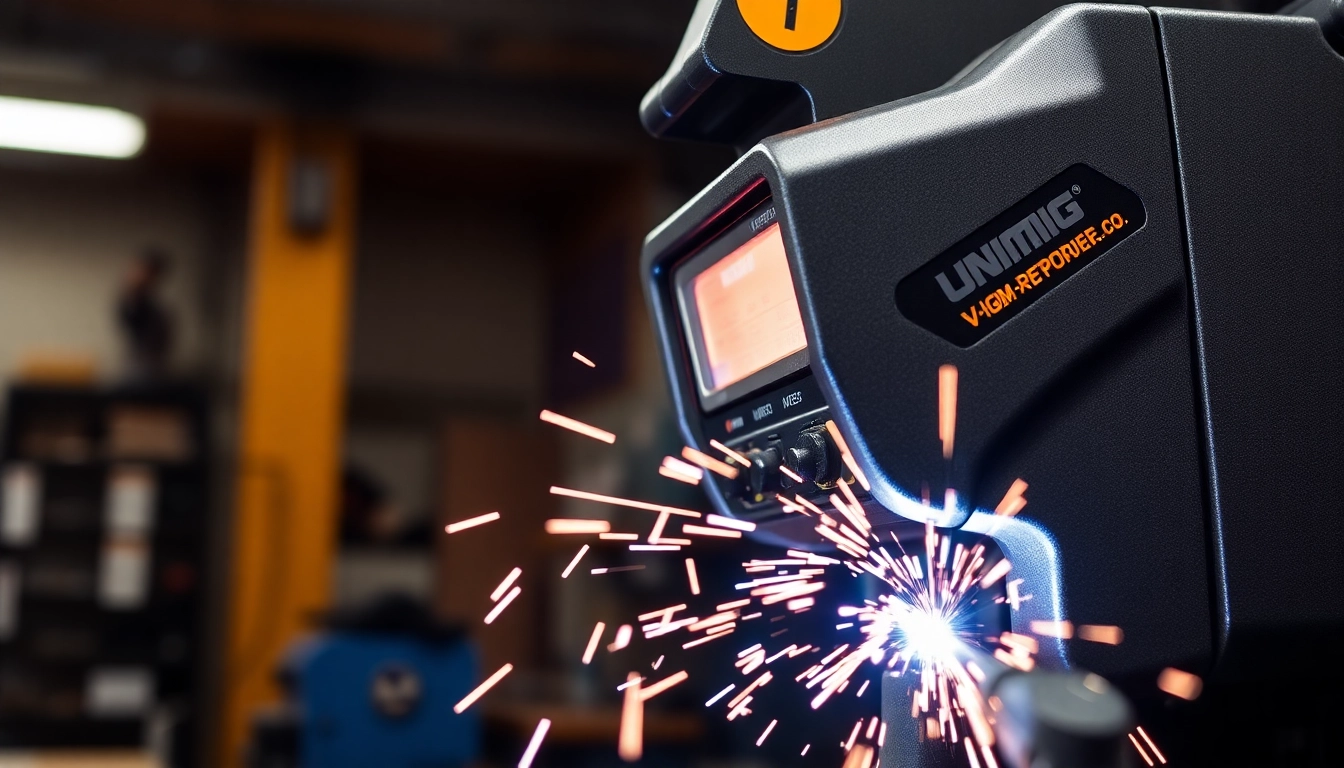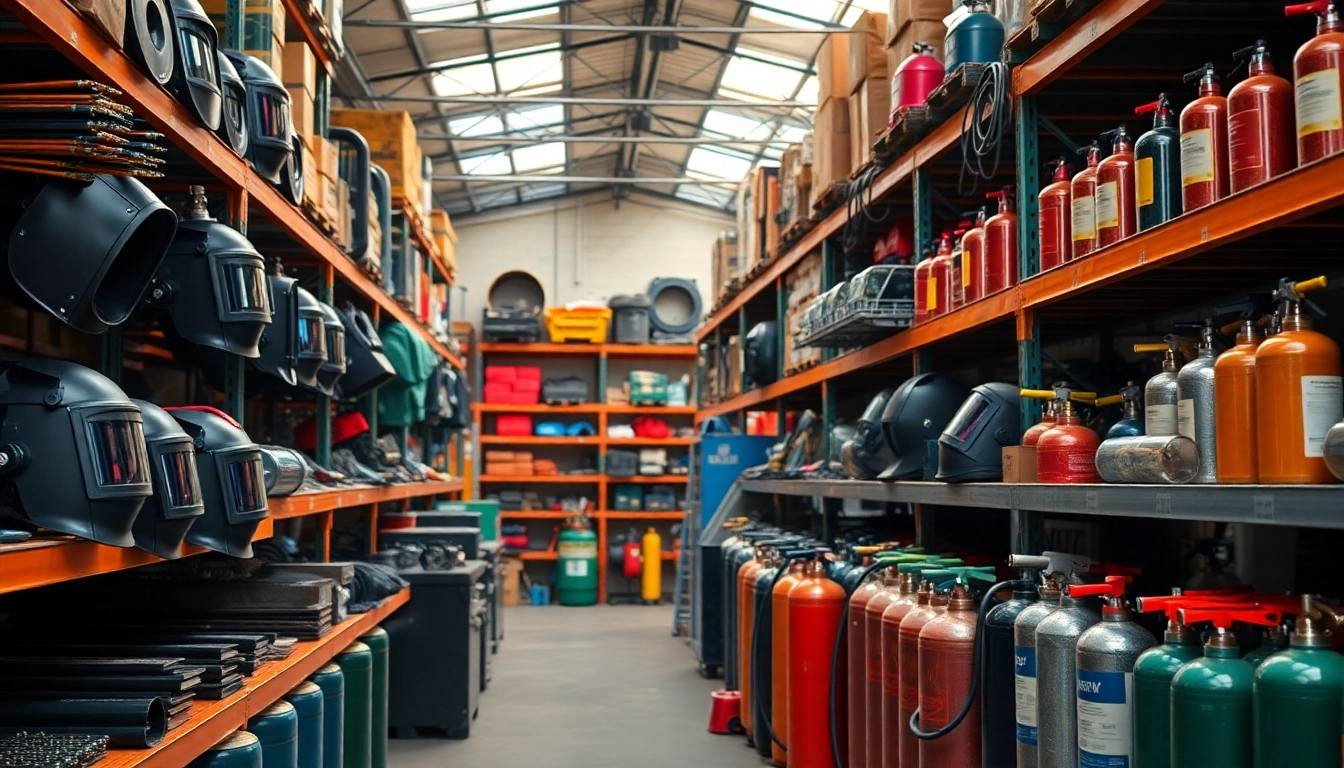Introduction to Unimig Viper Welders
The unimig viper series of welders represents a blend of versatility, performance, and affordability, making them a preferred choice for both hobbyists and professionals in various industries. This Australian-made range offers advanced features that cater to a multitude of welding processes. In this article, we will explore the Unimig Viper series extensively, covering its key specifications, the types of welding processes supported, how to choose the right model for your needs, practical usage tips, and insights from customer experiences.
Overview of Unimig Viper Series
The Unimig Viper series incorporates a variety of models, including the Viper 120, Viper 185, Viper Multi 135, and Viper 195 Max. Each model targets specific user needs and welding capabilities. The Viper series is designed to cater to beginners who seek easy-to-use machines as well as experienced welders who require advanced functionality.
Key Features and Specifications
Models in the Unimig Viper series come packed with features that distinguish them within the market:
- Multi-Process Functionality: Viper welders support MIG, TIG, and stick welding processes, making them adaptable for various projects.
- Portability: With lightweight designs and compact dimensions, Unimig Viper welders are easy to transport, suitable for both on-site and home use.
- User-Friendly Interface: Many models feature synergic control technology, allowing even novice users to achieve optimal results without extensive technical knowledge.
- Durability: Built with industrial-grade components, these machines are designed to withstand the rigors of daily use while maintaining high performance.
Comparative Analysis with Competitors
Compared to other leading brands, the Unimig Viper series offers a competitive edge in terms of price-to-performance ratio. Brands like Miller Electric and Lincoln Electric may offer high-end machines, but Unimig’s affordability and solid functionality attract users looking for reliable options without excessive investment. Furthermore, the Viper series tends to be lighter and more portable, making them suitable for fieldwork and complicated jobs where mobility is key.
Types of Welding Processes Supported
Understanding the different types of welding processes supported by the Unimig Viper series is crucial for selecting the right machine. Each process has unique advantages and applications.
MIG (Metal Inert Gas) Welding Techniques
MIG welding is one of the most versatile welding methods available, and it is particularly valued for its speed and ease of use. The Unimig Viper series, particularly in models like the Viper 185, supports both gas-shielded and gasless MIG techniques. Gas-shielded welding is ideal for clean welds and is best for mild steel, while gasless MIG welding allows versatility for outdoor applications without wind interference.
TIG (Tungsten Inert Gas) Welding Advantages
TIG welding, known for its precision and control, is a process that the Viper models such as the Viper 180 AC/DC excel in. This method is particularly useful for welding thin materials and achieving high-quality finishes on Aluminium or Stainless-Steel. The control aspect enables welders to manipulate the heat and filler materials with great accuracy, making it a preferred choice for professional-quality results.
Stick Welding Functionality
Stick welding is often considered the backbone of welding techniques and is incredibly reliable for thicker materials in challenging outdoor conditions. The Unimig Viper’s stick capabilities make it straightforward to manage, providing flexibility when transitioning between different types of welding without needing extensive setup. For job sites that require robust and durable connections, stick welding remains an excellent choice.
Choosing the Right Unimig Viper Model
With multiple Viper models available, it’s essential to understand how to select the one that fits your specific needs.
Identifying Your Welding Needs
Before selecting a model, assess the primary materials you will be working with. For instance, if you aim to work primarily with mild steel, a model like the Viper 185 or Viper Multi 135 can easily handle various thicknesses. If your projects will often require Aluminum welding, the Viper 180 AC/DC model delivers exceptional performance in such scenarios.
Understanding Power and Performance Ratings
Each Unimig Viper model comes with its performance ratings, usually reflected in amp output. The Viper 185, for example, operates at 30 to 185 Amps, making it suitable for both light and heavy-duty welding tasks. Choosing the right power rating is critical based on the type of materials used and the thickness of the welds required. Models like the Viper Multi 195 Max push this further, providing powerful output suitable for more extensive applications.
Budgeting for Your Welder Purchase
Consider your budget when selecting a Viper welder. The initial investment is important, but also factor in additional costs such as consumables, gas, and protective gear. While the Viper series offers impressive features at a reasonable price, ensure that the model you choose aligns with your long-term plans and project types.
Practical Tips for Using the Unimig Viper
Once you’ve chosen your Unimig Viper model, following best practices in setup, maintenance, and safety will enhance your welding experience.
Setup and Maintenance Guidelines
Begin by carefully reading the user manual for your specific model. Proper setup will ensure the welder operates efficiently. Regular maintenance is also crucial; this includes:
- Cleaning the contact tips to prevent clogs and ensure smooth wire feeding.
- Checking all cable connections for wear and making replacements if needed.
- Regularly inspecting gas hoses and regulators to avoid leaks.
Safety Precautions While Welding
Safety should always remain a priority when welding. Essential precautions include:
- Wearing appropriate personal protective equipment (PPE) like welding helmets, gloves, and aprons to shield against sparks and UV light.
- Ensuring proper ventilation in the work area to avoid harmful fumes.
- Keeping flammable materials away from the welding area to minimize fire risks.
Common Troubleshooting Scenarios
Even experienced welders encounter challenges. Common problems when using Unimig Viper welders may include:
- Incomplete or uneven welds: This may result from incorrect settings or dirty workpieces. Ensuring clean surfaces and proper voltage/amperage can vastly improve weld quality.
- Excessive spatter: Adjusting your welding speed, wire feed, and voltage can reduce this issue significantly.
- Wire feed issues: Troubleshoot by checking for kinks in the wire and ensuring the correct torch assembly to avoid blockages.
Customer Reviews and Experiences
The true performance of the Unimig Viper series can be gauged through customer reviews and experiences.
Common Praise for Unimig Viper Models
Customers often praise the Unimig Viper series for various reasons, highlighting:
- Excellent build quality and durability.
- Versatility across different welding processes.
- A user-friendly interface that makes it easy for newcomers.
Real User Challenges and Solutions
While users report high satisfaction, some have faced challenges related to initial setup or specific welding conditions. For instance, users have noted that while gasless MIG welding is convenient, it may require specific settings for optimal performance.
Long-term Performance Insights
Feedback on long-term use shows that many welders find their Unimig Viper machines reliable even after extensive use. Maintenance and care significantly affect the longevity of these machines, with regular upkeep reported as key to maintaining performance.



